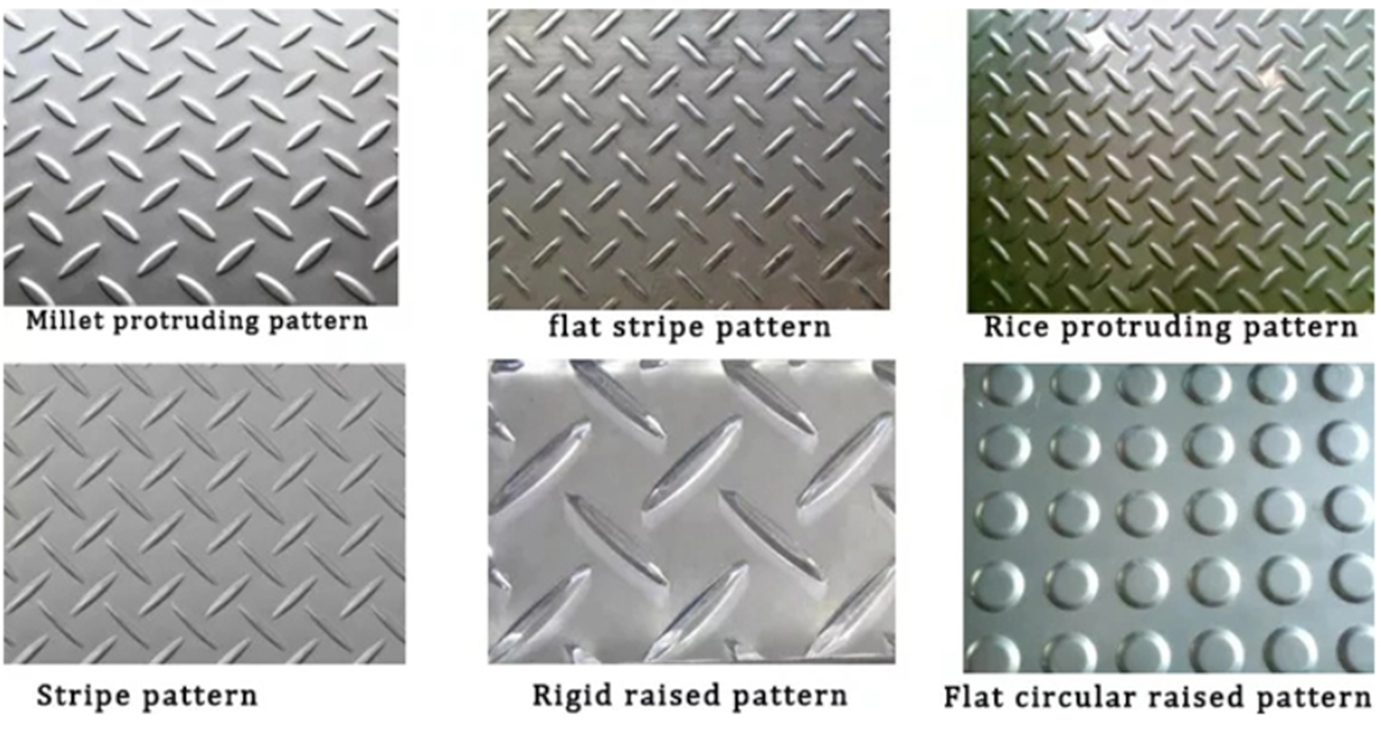Decorative expanded metal mesh is rapidly emerging as a versatile and aesthetically pleasing material in architectural and industrial applications. Combining function with design, it provides a unique blend of benefits that make it a top choice for architects, engineers, and designers alike.

The journey of expanded metal mesh begins with a solid sheet of metal, which is simultaneously slit and stretched, creating a unique array of diamond-shaped apertures. This process not only enhances the material’s strength but also reduces its weight and material costs, making it an eco-friendly option.
One of the primary reasons professionals opt for decorative expanded metal mesh is its unparalleled adaptability. Whether used for exterior facades, interior partitions, or functional stair treads, the mesh offers a balance of openness, structural integrity, and artistic flair. In contemporary architecture, expanded metal serves as a dynamic skin that enables light filtering and improved airflow while ensuring structural durability.

Experience has shown that the application of expanded metal mesh extends beyond aesthetics. Its durability is proven across numerous industries, surviving harsh environmental conditions, including high winds and extreme temperatures. This resilience makes it an ideal solution for outdoor installations and urban environments where weather conditions can be unpredictable.
From an expertise standpoint, understanding the mechanics of expanded metal mesh is pivotal. The uniformity in its design allows for predictable load distribution, crucial in engineering applications. It's capable of supporting weight without compromising on performance. Whether employed in high-traffic areas or as security screening, its load-bearing capabilities meet the stringent requirements of safety regulations.
decorative expanded metal mesh
Moreover, the expertise in working with expanded metal involves an appreciation for its customizable traits. Manufacturers offer a variety of metal materials such as aluminum, stainless steel, and weathering steel, each providing unique properties. For instance, aluminum mesh is lightweight and corrosion-resistant, making it ideal for coastal projects where saltwater corrosion is a concern. Stainless steel, on the other hand, offers higher strength and resistance to wear and tear, suitable for industrial uses.
From an authoritativeness perspective, the role of expanded metal mesh has been documented extensively in architectural and industrial journals. Recognized for its sustainability, it minimizes waste as the mesh is expanded rather than perforated, which uses more material and creates leftover scrap. Leading architects have endorsed its use in green building projects, pointing to its natural ventilation properties that reduce reliance on mechanical systems.
In terms of trustworthiness, the tried and tested nature of expanded metal mesh speaks volumes. Clients and professionals continue to rely on its performance, with case studies often illustrating successful implementations across a spectrum of projects. Evidence of long-term performance and maintenance records further enhances its reputation, with many installations standing the test of time, retaining both functionality and visual appeal.
For those navigating the realm of decorative expanded metal mesh, it’s essential to partner with manufacturers and suppliers renowned for quality and innovation. An established supplier will not only provide a high-grade product but also offer guidance on installation and customization, ensuring that the project meets both aesthetic and functional goals.
In conclusion, decorative expanded metal mesh stands at the crossroads of design and functionality. Its use provides not just a visually captivating solution but also meets rigorous demands for strength, sustainability, and versatility. As industries continue to lean towards materials that promise longevity and minimal environmental impact, expanded metal mesh cements its position as a trusted and authoritative choice in the landscape of modern architecture and industrial design.
























